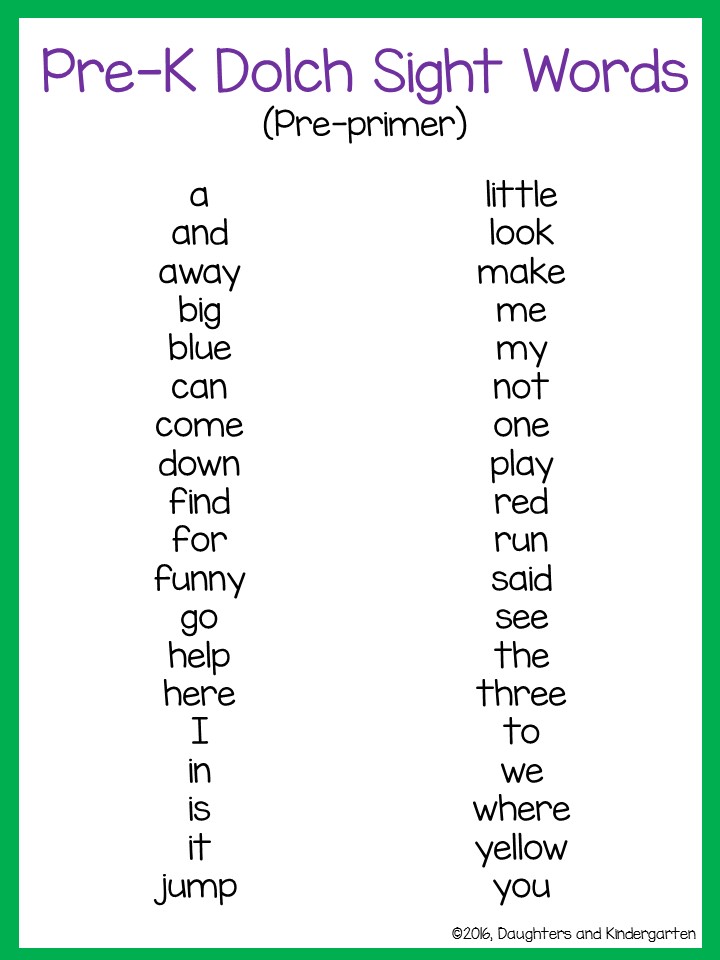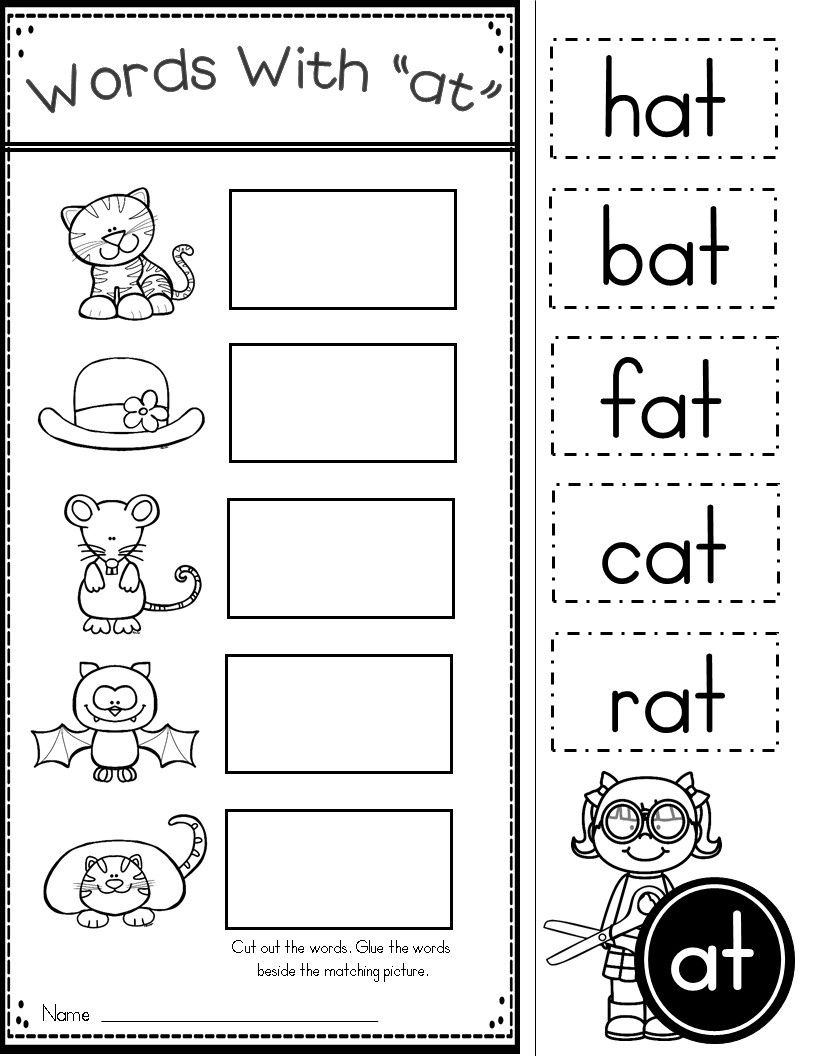
 Your child has mastered this new word when they can show you that they can read the word at least 5 times on their own, while its in the context of a book.įor many kids, it’s easier to visualize a picture with a word. Finally, if your child has started writing, have your child write the word in a notebook. For example: how, “h” tap the shoulder, “o” tap the elbow, and “w” tap the wrist. Next, using the hand they write with, tap each letter of the word down their opposite arm. Have them try to trace it from memory on their last try. Say each letter as you trace it then say the whole word while underlining it. Now, trace the word on the table using their finger. Then say the whole word while underlining it. Have your child trace each letter on the flashcard using the back of a pen or pencil, say the name of each letter as they trace it. Tell your child what the word is, then have them repeat it back to you. Write a sight word on a note card or flash card in clear lowercase letter handwriting. Try this quick 2 minute technique to help your child remember any sight word they have! These boxes will help children visualize the words in their mind so they can retain them.ĬLICK TO VIEW EXAMPLE OF WORD BOXING Trace It and Tap It! After you have written a sight word on a piece of paper, carefully draw a box around each letter. It will only take a few minutes and kids will feel proud to master their words! Word BoxingĪnother technique to help kids remember words is to “box” the letters. Use these as flashcards for your child to go over their sight words each day. Using any color will help the word stand out visually and in your child’s memory. Have your child color the paper to give it a blue background. Write only one word per piece of paper or notecard. Once you’ve chosen one or two words, write them clearly, in large, thick lowercase letters on a piece of paper or notecard. Remind them that a lot of times sight words don’t follow the spelling and sound rules, they can be tricky! Paper Color Words for Flash Cards Any more than this before your child is ready will just overwhelm and frustrate them. Start easyįocus on only one or two words for a week.
Your child has mastered this new word when they can show you that they can read the word at least 5 times on their own, while its in the context of a book.įor many kids, it’s easier to visualize a picture with a word. Finally, if your child has started writing, have your child write the word in a notebook. For example: how, “h” tap the shoulder, “o” tap the elbow, and “w” tap the wrist. Next, using the hand they write with, tap each letter of the word down their opposite arm. Have them try to trace it from memory on their last try. Say each letter as you trace it then say the whole word while underlining it. Now, trace the word on the table using their finger. Then say the whole word while underlining it. Have your child trace each letter on the flashcard using the back of a pen or pencil, say the name of each letter as they trace it. Tell your child what the word is, then have them repeat it back to you. Write a sight word on a note card or flash card in clear lowercase letter handwriting. Try this quick 2 minute technique to help your child remember any sight word they have! These boxes will help children visualize the words in their mind so they can retain them.ĬLICK TO VIEW EXAMPLE OF WORD BOXING Trace It and Tap It! After you have written a sight word on a piece of paper, carefully draw a box around each letter. It will only take a few minutes and kids will feel proud to master their words! Word BoxingĪnother technique to help kids remember words is to “box” the letters. Use these as flashcards for your child to go over their sight words each day. Using any color will help the word stand out visually and in your child’s memory. Have your child color the paper to give it a blue background. Write only one word per piece of paper or notecard. Once you’ve chosen one or two words, write them clearly, in large, thick lowercase letters on a piece of paper or notecard. Remind them that a lot of times sight words don’t follow the spelling and sound rules, they can be tricky! Paper Color Words for Flash Cards Any more than this before your child is ready will just overwhelm and frustrate them. Start easyįocus on only one or two words for a week. 
As much as possible, point out sight words when you see them so students can see their role in stories. We’re learning them so we can enjoy a good story and read words to learn. Sight words have an important job because without them a lot of books and writing would not make sense. Good with these sight words for 3- and 4-year-olds? Check out the Dolch sight words for kindergarten, 1st grade, 2nd grade, 3rd grade - and the list of preK-3rd grade nouns.The most important aspect of teaching sight words is teaching kids WHY they must memorize these whole words. In other words, memorizing these words can help young kids keep going as they learn to read. Being able to read high-frequency or sight words without hesitation will help your child better understand what is being read. A child’s ability to decode words is a very important part of becoming a fluent reader. Some of the words can be sounded out using conventional decoding strategies, others cannot.Īs kids learn to read, the four main reading skills are decoding, fluency, comprehension, and knowledge. Because they appear so often, they’re also often called high-frequency words.

From preschool to third grade, there are 220 Dolch sight words that are used so often in print that together they make up an estimated three quarters of all words used in children’s books. Edward William Dolch first published these lists in 1936. What’s a sight word? It’s a word a child learns to recognize on sight.







 0 kommentar(er)
0 kommentar(er)
